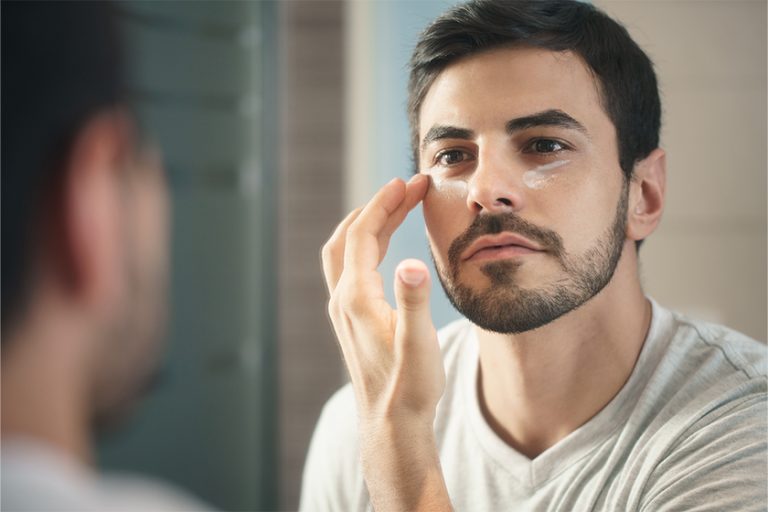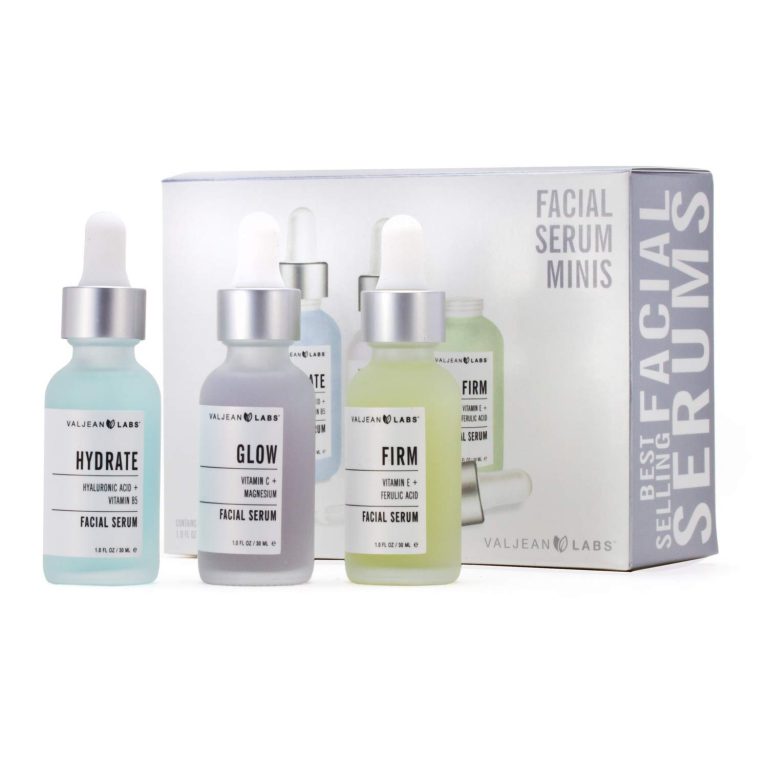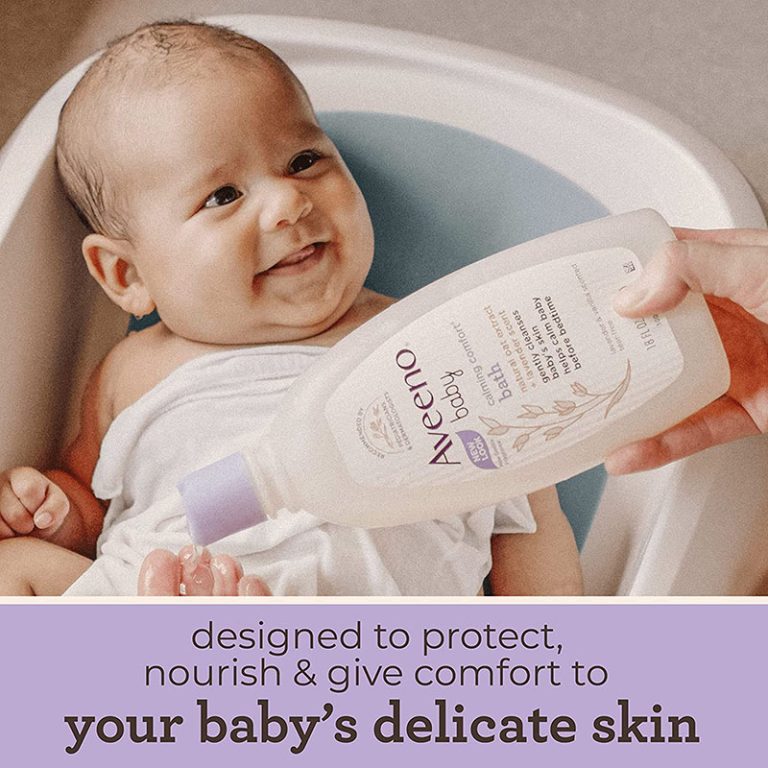Whitening lotions, also known as brightening lotions or skin lightening lotions, are becoming increasingly popular as both men and women desire fairer skin. While there are many whitening lotions available in the market, some contain ingredients that can be harmful to the skin, especially for sensitive skin. If you are looking to enter the skincare market, it is important to understand these differences so that you know what to offer to your customers. Therefore, we have prepared this guide to help you create high-quality skincare products and find an OEM manufacturer for your brand. Read on to learn more:
What is Whitening Lotion?
Whitening lotion for the skin is a skincare product designed to lighten or brighten the skin. The active ingredients in the lotion target the cells that produce melanin, a natural pigment in the skin. Applying the lotion all over the body can help fade discoloration and spots on the skin, such as acne scars and age spots. However, before using the lotion, you need to understand the difference between skin whitening and skin bleaching.
Difference between Skin Whitening and Skin Bleaching
Skin whitening is a term used differently depending on the origin. You need to be cautious about the ingredients used in the products.
For example, in Asian cultures, the term “whitening” is used to refer to products that lighten dark spots. In this case, skin whitening means products that prevent excessive pigmentation.
It is different from skin bleaching products that aim to completely alter the skin color. In this case, the products contain potentially harmful and dangerous chemicals that can damage the skin; hence, they are not recommended by medical professionals.
Skin brightening refers to skin products that lighten dark spots caused by excessive pigmentation. Brightening lotions can even out the complexion by targeting areas of the skin with imperfections, hyperpigmentation, acne, age spots, and other types of excessive pigmentation.
The ingredients in whitening lotions regulate the excessive production of tyrosinase, an enzyme responsible for the production of melanin in our skin.
How does Whitening Lotion Work?
Before we discuss how whitening lotions work, we need to understand what excessive pigmentation is.
Melanin is produced by cells called melanocytes. When UVB rays (including both UVA and UVB rays) hit the basal layer of the skin, melanin production begins. In this process, tyrosinase reacts with tyrosine, which then oxidizes into melanin. Mature melanin cells are then transferred through cell metabolism in the skin layers.
Whitening lotions work on four different levels to combat excessive pigmentation:
- They can camouflage flaws on the outer layer of the skin and brighten the complexion. They can also act as antioxidants to resist external irritants.
- They can soften the keratin in the skin’s epidermal layer, accelerate the removal of dark spots, and lighten the complexion.
- They inhibit the transfer of melanin in the middle layer of the skin, preventing further melanin formation.
- Finally, they suppress the formation of excess melanin in the deeper layers of the skin and purify its basal layer.
Benefits of Whitening Lotion
Whitening lotion offers both cosmetic and medical benefits.
Cosmetic Benefits: The primary benefit of whitening lotion is reducing the appearance of dark spots and other skin imperfections, resulting in a more even complexion. Some whitening lotions contain ingredients that address age spots, scars, and hyperpigmentation.
Medical Benefits: Dark spots and uneven skin tone can be caused by aging and sun damage. If a part of the skin is overexposed to sunlight, it may result in melasma or post-inflammatory hyperpigmentation (PIH). Besides darkening, PIH can leave scars on the skin.
Other conditions that may cause skin darkening are Addison’s disease and adrenal glands not producing certain hormones. Instead, the body overproduces corticosteroids, which stimulate melanocytes to produce more melanin. By applying whitening lotion on these dark spots, you can protect the skin while keeping it soft and elastic.
Whitening Active Ingredients
Apart from the basic ingredients used in whitening lotions, different companies utilize different ingredients. At LV OEM Cosmetics, we combine vitamins and minerals with natural ingredients to deliver remarkable results without harming or irritating the skin. Some of these include:
Titanium Dioxide: Commonly used as an ingredient in mineral sunscreens, it not only deflects harmful UVB rays but also covers blemishes by removing dark spots from the skin.
Hydroxyethyl Piperazine Ethane Sulfonic Acid: This acid is known for its exfoliating properties. It removes dead skin cells, leaving the skin clean and smooth. It also has antioxidant and skin conditioning properties, keeping the skin soft and moisturized.
Niacinamide: Niacinamide blocks the transfer of melanin, brightening the complexion. LV OEM’s whitening lotion contains 99% high-concentration niacinamide from DSM in the Netherlands, a leading company in health, nutrition, and bioscience.
Niacinamide PC is a proprietary grade of B3 used in cosmetics by DSM. It contains less than 100 ppm residual niacin, minimizing potential adverse effects on the skin.
Arbutin: It is a natural skin brightener that prevents excessive melanin production and hyperpigmentation. Arbutin can also lighten the complexion, although not as strongly as hydroquinone.
Geranium Extract: This plant has been patented in China as a whitening and spot-removing ingredient. It serves as an antioxidant, improving melasma and preventing the formation of sunspots.
Finding the Right OEM Skincare Partner
When selecting an OEM/private label skincare partner, look for a company with years of experience in handling different brands and has the technical and human resources to deliver.
If you are interested in collaborating with us, please give us a call, and we can provide you with free samples.










